Human Population and The Environment BCA Notes
Human Population and The Environment BCA Notes: This article contains BCA Environmental Studies Subject Unit 7 Human Population and The Environment BCA Notes. this is very helpful for BCA students. please share this article with your all friends and all groups. and all notes are available on this website.
Quick Links:
Addressing the relationship between human population dynamics and the environment within a Bachelor of Computer Applications (BCA) program involves understanding how technology and computational methods can contribute to both understanding and mitigating the impacts of population growth on the environment. Here’s a comprehensive exploration of this topic within the context of a BCA curriculum:
Understanding Human Population and Environmental Impact
- Population Growth and Resource Use:
- Demographic Trends: Studying how human population growth, distribution, and migration patterns impact environmental resources such as land, water, and energy.
- Urbanization: Analyzing the implications of rapid urbanization on natural habitats, air quality, waste management, and infrastructure development.
- Environmental Impact Assessment:
- Ecosystem Services: Understanding the importance of ecosystems in providing essential services like clean water, air purification, and biodiversity conservation.
- Ecological Footprint: Using computational tools to calculate and analyze ecological footprints, which measure the impact of human activities on the environment.
Role of Technology in Addressing Challenges
- Data Analysis and Modeling:
- Big Data Analytics: Utilizing large-scale data analytics to study patterns of resource consumption, pollution levels, and environmental degradation.
- Simulation and Prediction: Developing computational models to simulate scenarios of population growth, climate change impacts, and biodiversity loss.
- Remote Sensing and GIS:
- Satellite Imagery: Using remote sensing data for monitoring deforestation, urban sprawl, and changes in land use patterns.
- Geographic Information Systems (GIS): Applying GIS for spatial analysis of environmental data, such as habitat fragmentation and wildlife corridors.
Applications in Sustainable Development
- Smart Cities and Sustainable Infrastructure:
- IoT and Smart Sensors: Deploying Internet of Things (IoT) devices and smart sensors for real-time monitoring of air quality, water quality, and energy consumption in urban environments.
- Green Building Technologies: Implementing computational tools for designing energy-efficient buildings and sustainable urban infrastructure.
- Renewable Energy and Climate Mitigation:
- Energy Modeling: Using computational techniques to optimize renewable energy systems, such as solar and wind power, for maximum efficiency and minimal environmental impact.
- Climate Change Adaptation: Developing algorithms and models to predict climate change impacts and assess adaptation strategies for vulnerable communities.
Ethical and Social Implications
- Ethics of Technology Use:
- Privacy and Security: Addressing ethical concerns related to data privacy, especially in the context of environmental monitoring and personal data collected from IoT devices.
- Equity and Access: Ensuring equitable access to environmental technologies and data-driven solutions across diverse communities to mitigate environmental injustices.
- Policy and Advocacy:
- Policy Analysis: Using computational methods to analyze environmental policies and assess their effectiveness in addressing population-environment interactions.
- Advocacy and Public Engagement: Leveraging technology platforms for raising awareness about environmental issues and promoting sustainable lifestyles among the population.
Career Opportunities and Future Directions
- Environmental Data Analyst:
- Using data analytics skills to analyze environmental data sets, identify trends, and inform policy decisions related to population-environment dynamics.
- Environmental Informatics Specialist:
- Developing and managing information systems that support environmental monitoring, modeling, and decision-making processes.
- Sustainability Consultant:
- Providing expertise in applying computational tools and technologies to help businesses and organizations achieve environmental sustainability goals.
Human Population and The Environment BCA Notes


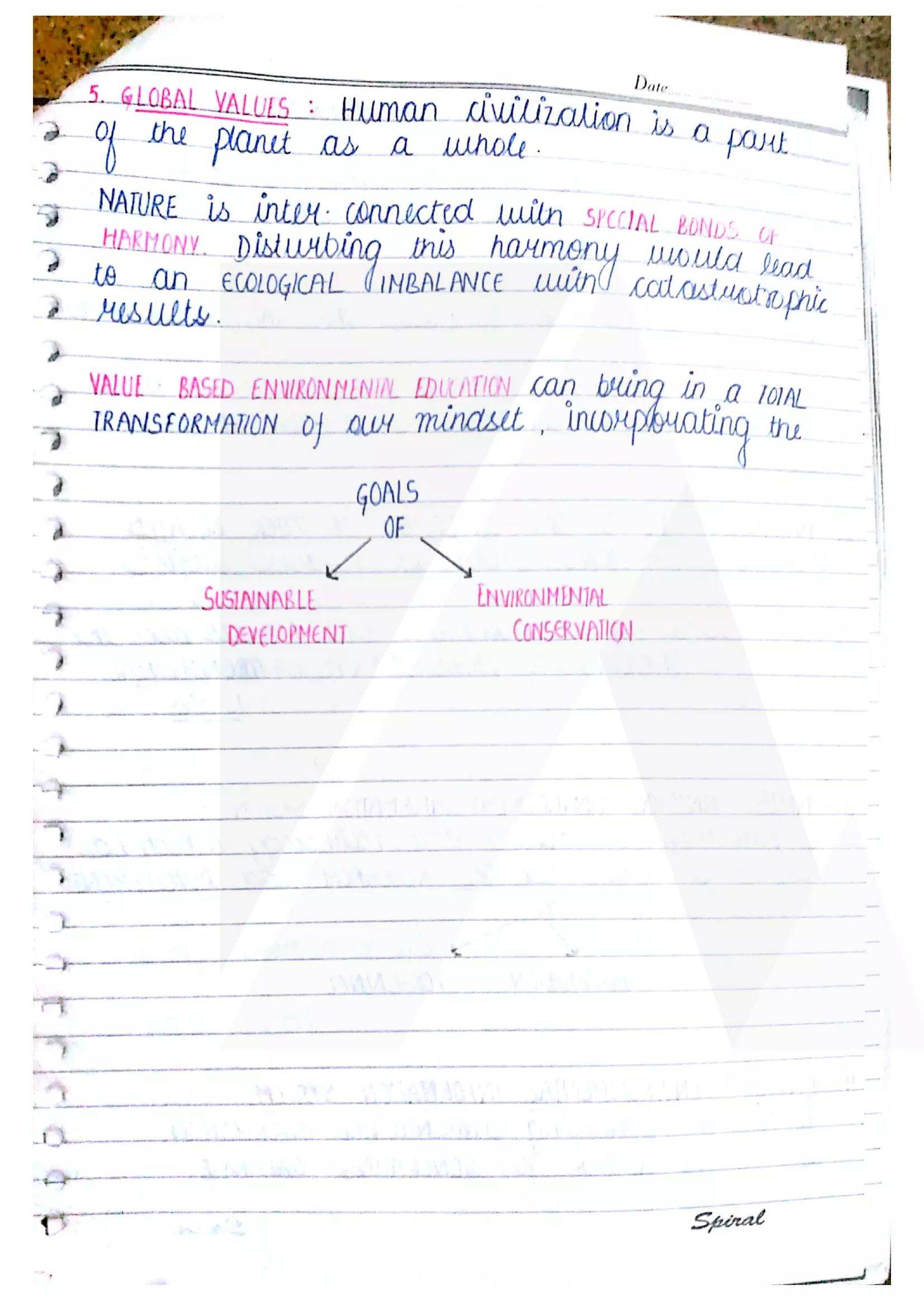
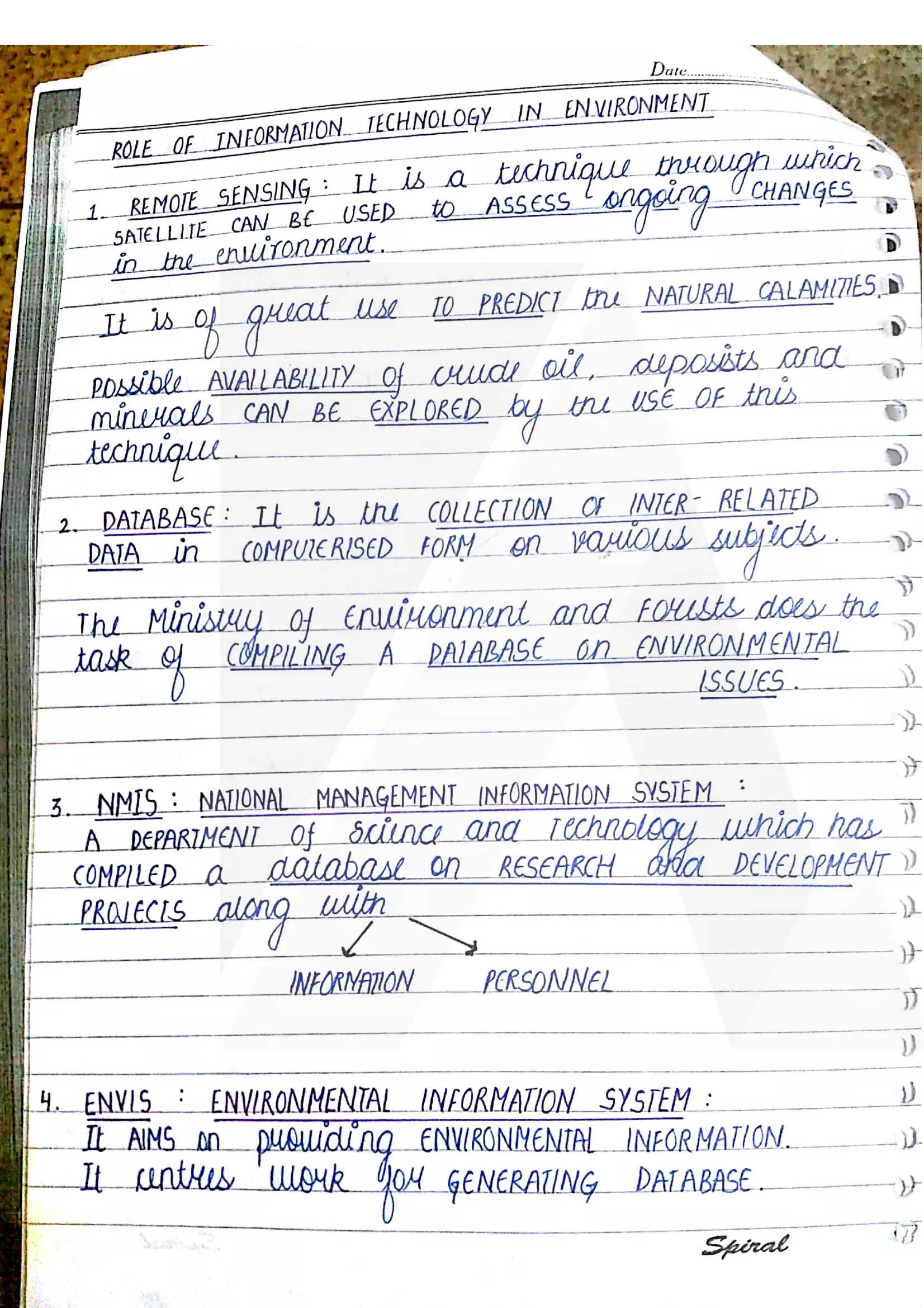
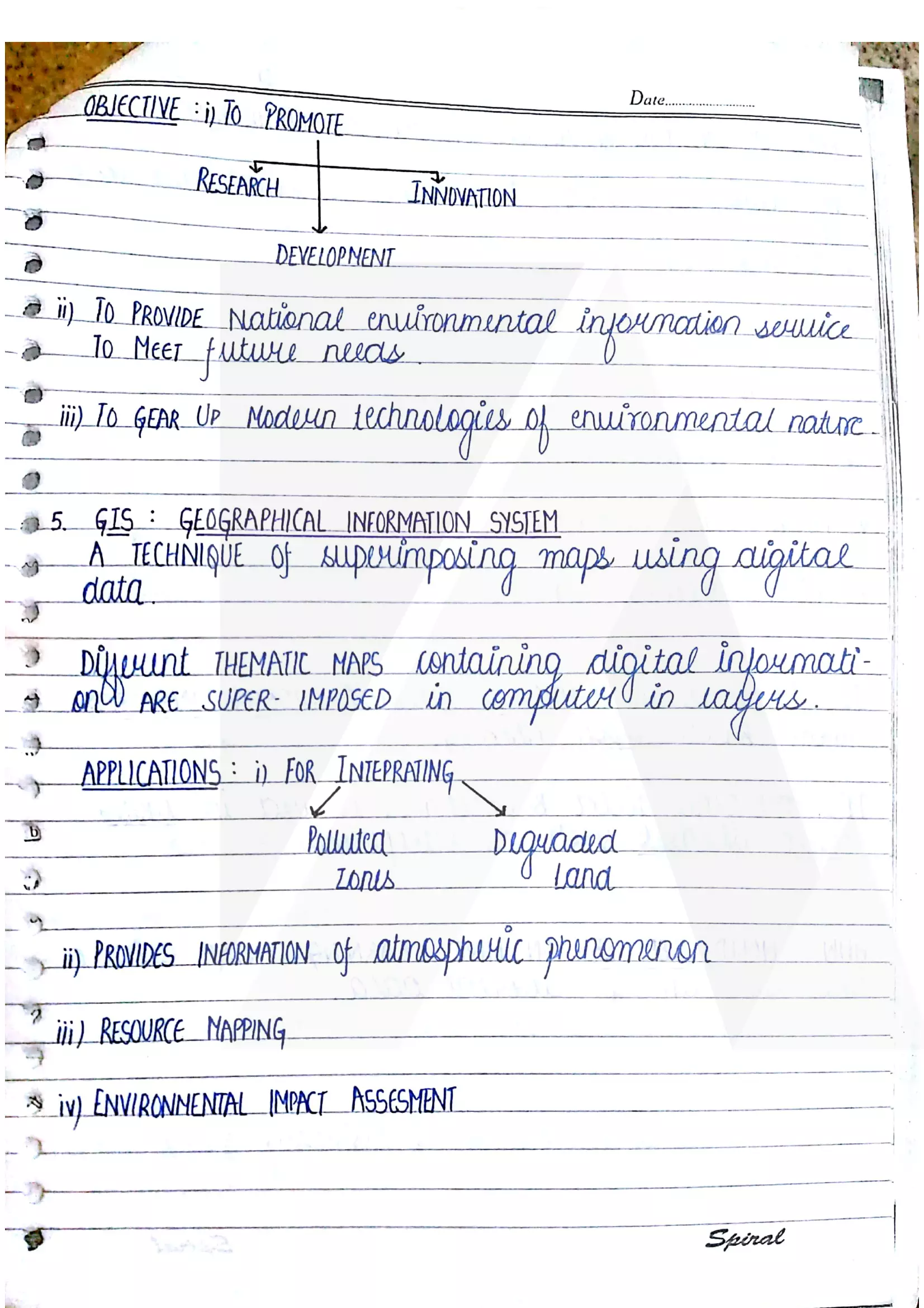
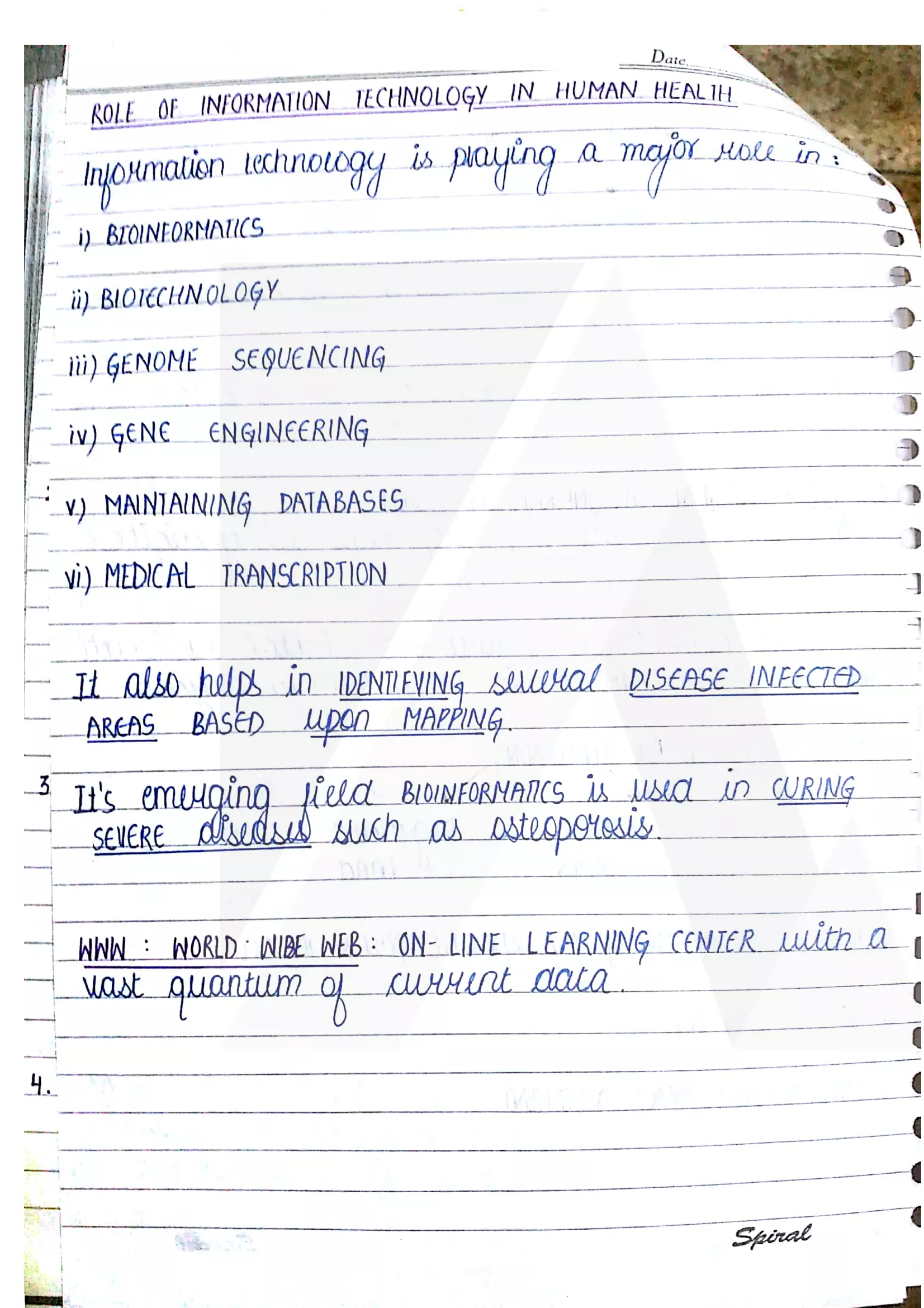
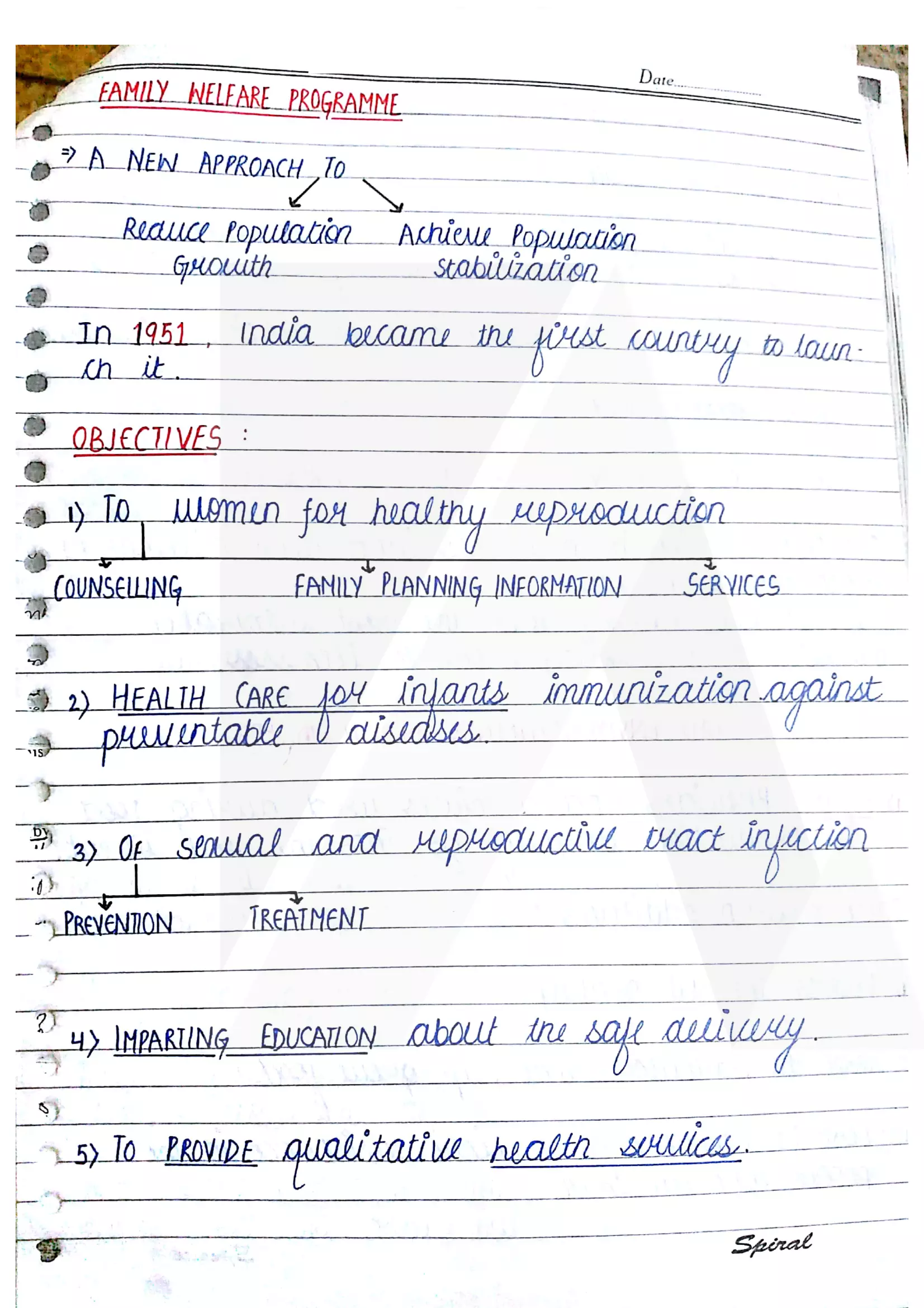
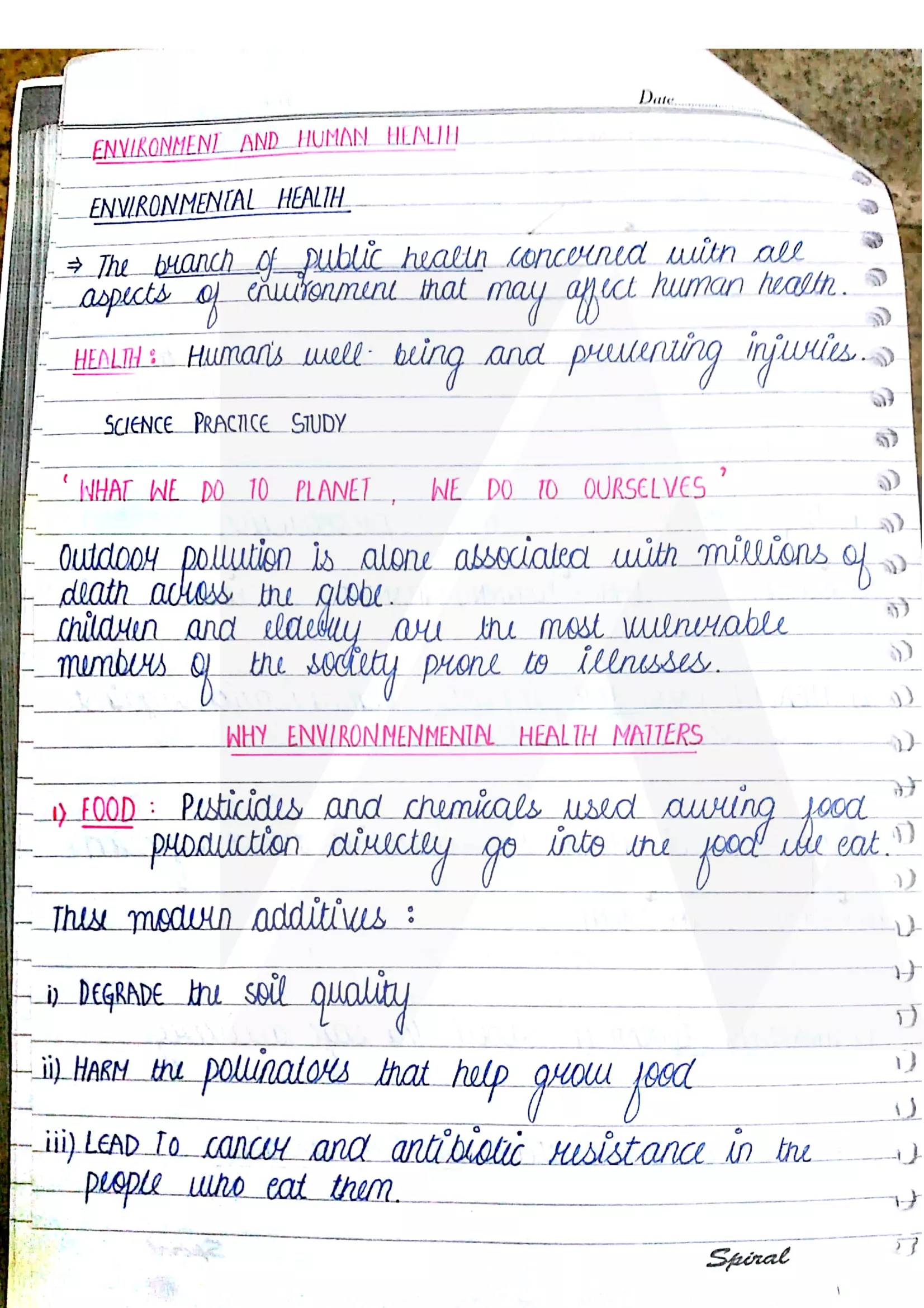

|
|
|||
 |
 |
 |
 |